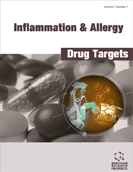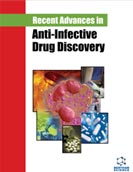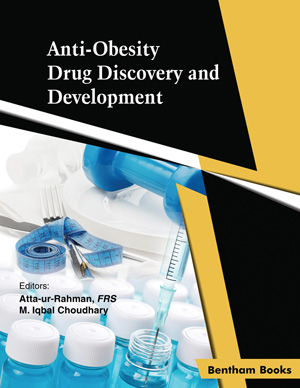Abstract
Existing treatments of IBD adopt targeted oral drug delivery route for delivering bioactive agents more efficiently and with fewer side effects. However, the complex and dynamic luminal environment of the GIT and major intra/ inter patient variability greatly affects treatment, resulting in variable clinical response in patients. Mathematical simulation model can be employed to consider the complex luminal environment to asses the performance of drug delivery systems for clinical efficacy. The objective of this paper was to evaluate existing targeted oral drug delivery system for the treatment of IBD subject to inter/intra patient luminal variability using in silico experiments employing previously developed mathematical model. Simulation results indicated that the average small intestinal drug release was 44±19% and 48±21% for healthy and UC subjects, respectively. The systemic absorption of drug approached 10-25% in healthy controls and 16-32% in UC subjects. Calculated drug release from the simulations for different scenario of pH and TT had a good agreement with the clinical in vivo data (13-36% and 17-35% for healthy and UC subjects, respectively). This agreement was also true for 5-ASA and its metabolite (N-acetyl-5-ASA) recovery in the colon. The computational model has a high degree of agreement with data obtained from literature. Physicians can use characteristic performance curves of different delivery systems produced in silico to select a delivery system that would work best for their patients based upon the patients pH and transit time profiles. It also could be used by the pharmaceutical industry to improve their medicine efficacy by altering the design.
Keywords: Computer simulation, drug targeting, ulcerative colitis, anti-inflammatory agents, in silico, non-steroidal, colon, inflammation
 10
10



















